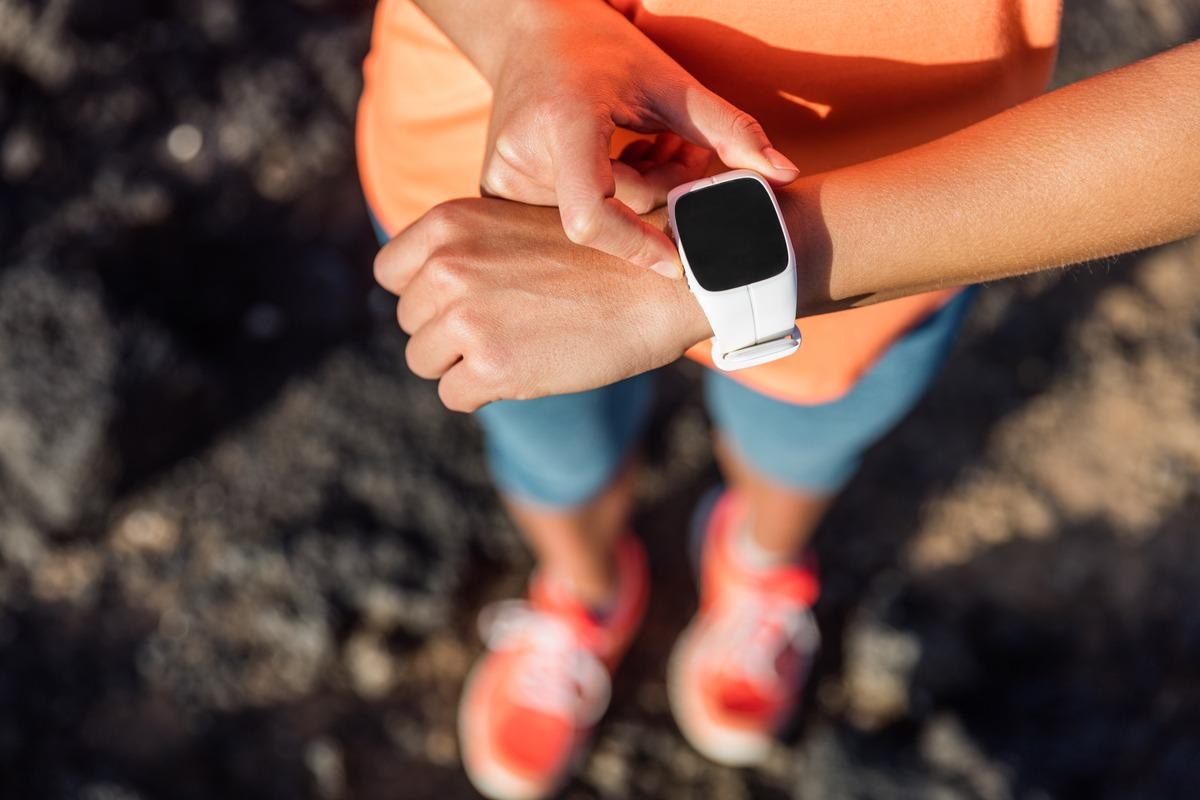The response to vaccination varies among individuals. Some vaccines cause adverse reactions, termed reactogenicity. Vaccine reactogenicity can cause physiological changes.
 Study: Inter-individual variation in objective measure of reactogenicity following COVID-19 vaccination via smartwatches and fitness bands. Image Credit: Maridav/Shutterstock
Study: Inter-individual variation in objective measure of reactogenicity following COVID-19 vaccination via smartwatches and fitness bands. Image Credit: Maridav/Shutterstock
A new study published in npj Digital Medicine tracked these subtle physiological responses using smart wearable devices like smartwatches and fitness bands. This measurable evidence of reactogenicity can prove to be a useful surrogate for vaccine-induced immune response.
Vaccine reactogenicity
In the U.S., three coronavirus disease 2019 (COVID-19) vaccines have emergency use authorization, Pfizer-BioNTech two-dose mRNA vaccine, Moderna two-dose mRNA vaccine, and Janssen/Johnson & Johnson single-dose adenovirus-based vaccine. Several studies have established the efficacies of these vaccines.
The individual immune responses to vaccines vary, including the COVID-19 vaccines. Currently, the non-invasive method to identify an individual's response to vaccination is through self-reporting of the side effects.
According to the Centers for Disease Control and Prevention (CDC), 69% of individuals (out of 1.9 million) reported systemic side effects after the second dose of an mRNA vaccine. The side effects include systemic inflammation, fatigue, muscle pain, chills, fever, and joint pain. Around 25.6% to 53.9% of individuals had side effects the day following their 2nd dose. The side effects experienced after the booster dose were less than those after the second dose but more than those after the first dose.
The correlation between post-vaccination reactogenicity symptoms and an immune response is debated. One study has identified a direct correlation between the period between the first and second vaccine dose, reactogenicity, and the humoral immune response. Another study has shown a correlation between physiological changes measured using a smart ring and around 30-day antibody levels.
Hypothesis
This study hypothesized that there are measurable markers of vaccine reactogenicity. These biomarkers are digital and objective. Moreover, they can be identified by detecting subtle changes in the normal resting heart rate (RHR) of an individual.
Furthermore, post-vaccination behavioral changes in an individual can be investigated by measuring changes in their routine sleep and activity. The characteristics of an individual and the vaccine can be explored to see if they influence reactogenicity. Thus, a correlation can be established between changes in RHR and COVID-19 infection status or vaccination status.
DETECT study
This was an observational, longitudinal, prospective, direct-to-participant, app-based study titled Digital Engagement and Tracking for Early Control and Treatment (DETECT) study. Daily data were collected from smart wearable devices. The data collection period included the two weeks before and after each vaccination dose. Data was collected from 7,298 participants who reported receiving at least one dose of the vaccine. A total of 6,803 participants received both doses of an mRNA vaccine. Only 437 participants received the Johnson & Johnson single-dose adenovirus-based vaccine and therefore, were excluded from this study.
Post-vaccination changes in RHR and behavioral changes
For the analysis of changes in RHR, 5764 (78%) participants were included. Of these, 314 (5.5%) had prior COVID-19 infection, 2,388 (42%) received the Moderna vaccine, and 3,286 (58%) received the Pfizer-BioNTech vaccine.
For the analysis of behavioral changes, 4,628 (63%) participants contributed adequate data to assess changes in activity, and 5,691 (78%) participants contributed adequate data to assess changes in sleep.
The RHR increased from the respective individual baseline after vaccination for most individuals - 71% after the first dose and 76% after the second dose. It peaked on day 2 and returned to baseline by day 6. The average RHR did not normalize until day 4 after the first dose and day 6 after the second dose.
For 47% of participants, the increase in RHR was one standard deviation above or 68% higher than their normal daily pattern after the second vaccine dose.
Prior COVID-19 infection correlated with a higher RHR increase after the first vaccine dose compared to those without prior infection. However, these participants showed no difference in RHR after the second dose. The changes in RHR for individuals who received the Moderna vaccine were higher than for those who received the Pfizer-BioNTech vaccine. This difference was observed after the first and second doses.
After the first dose, females showed a higher RHR increase. Also, participants less than 40 years old showed a higher RHR increase after the second dose.
Normal activity and sleep patterns were minimally affected by the first dose of the vaccine. However, on that day after the second vaccine dose, there was a significant decrease in activity and increase in sleep, relative to baseline. This returned to baseline by day 2.
Intriguingly, changes in sleep and activity did not correlate with changes in RHR.
Conclusion
COVID-19 vaccination resulted in subtle but significant changes in RHR. There was substantial interindividual variability in RHR increase that could be correlated with the vaccine type or prior COVID-19 infection, characteristics associated with reactogenicity and immune response. Digital tracking can be used as a surrogate for vaccine-induced immune response.